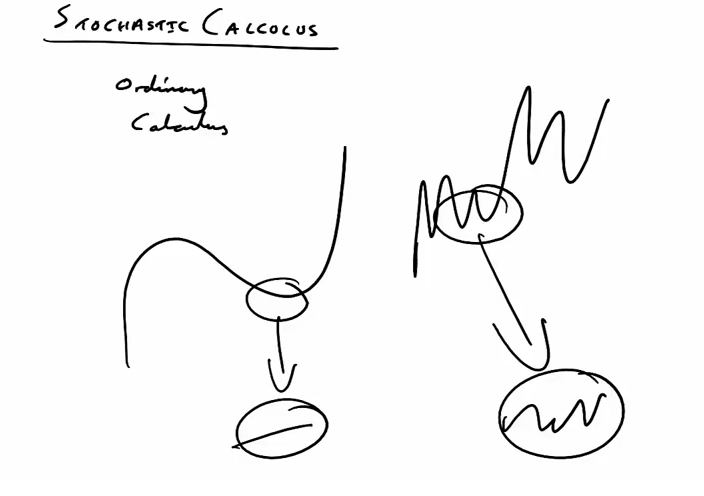15_R
- hrafnulf13
- Nov 9, 2020
- 3 min read
Updated: Nov 11, 2020
Parametric statistics is a branch of statistics which assumes that sample data comes from a population that can be adequately modeled by a probability distribution that has a fixed set of parameters [1]. Parametric statistical procedures rely on assumptions about the shape of the distribution (i.e., assume a normal distribution) in the underlying population and about the form or parameters (i.e., means and standard deviations) of the assumed distribution [4]. Conversely a non-parametric model differs precisely in that it makes no assumptions about a parametric distribution when modeling the data [1]. Nonparametric statistical procedures rely on no or few assumptions about the shape or parameters of the population distribution from which the sample was drawn [4].
Inductive statistics is way for scientists to make evidence-based decisions based on empirical/experimental results [2]. There are 2 ways of thinking:
Deductive. It is a process that takes into account already valid assumptions, laws, principles to reach a conclusion for a specific case. Mathematics clearly demonstrate this way of thinking when we use abstract mathematical models to reach to various conclusions.
Inductive. This in contrast to deductive thinking, follows the opposite direction. Inductive thinking enables to create general conclusions based on observation of individual cases. However, conclusions of inductive thinking procedures are influenced by subjective attitudes (of the observer) and have limited validity.
Methods of inductive statistics (so called statistical induction) can under given assumptions to make general conclusions and to objectively enumerate their degree of confidence. The main aim of inductive statistics is to elaborate procedures how to create general conclusions from empirical data that can substitute subjective inductive thinking by objective inductive thinking based on concepts of probability theory.
Two important concepts play a central role in methods of inductive statistics:
Population;
Sample.
By using a sample to draw a generalized conclusion, inductive statistics can enumerate the probability of a statement being valid for the whole population. Of course, the large the sample, the more valid the conclusion is, as it reflects more closely the whole population.
Basically, a Frequentist method makes predictions on the underlying truths of the experiment using only data from the current experiment [5]. According to the frequentist definition of probability, only repeatable random events (like the result of flipping a coin) have probabilities [3]. These probabilities are equal to the long-term frequency of occurrence of the events in question. Frequentists don’t attach probabilities to hypotheses or to any fixed but unknown values in general. This is a very important point that you should carefully examine. Ignoring it often leads to misinterpretations of frequentist analyses.
In contrast, Bayesians view probabilities as a more general concept [3]. As a Bayesian, you can use probabilities to represent the uncertainty in any event or hypothesis. Here, it’s perfectly acceptable to assign probabilities to non-repeatable events. The biggest distinction is that Bayesian probability specifies that there is some prior probability.
The Bayesian approach goes something like this [5]:
Define the prior distribution that incorporates your subjective beliefs about a parameter. The prior can be uninformative or informative.
Gather data.
Update your prior distribution with the data using Bayes’ theorem to obtain a posterior distribution. The posterior distribution is a probability distribution that represents your updated beliefs about the parameter after having seen the data.
Analyze the posterior distribution and summarize it (mean, median, sd, quantiles…).
The difference between frequentist and Bayesian approaches is analogous to their difference in parameter estimation. Again, frequentists don’t assign probabilities to possible parameter values and they use (maximum likelihood) point estimates of unknown parameters to predict new data points. Bayesians, on the other hand, have a full posterior distribution over the possible parameter values which allows them to take into account the uncertainty in the estimate by integrating the full posterior distribution, instead of basing the prediction just on the most likely value.
References
https://en.wikipedia.org/wiki/Parametric_statistics
https://www.wikilectures.eu/w/Statistical_Induction_Principle
https://www.probabilisticworld.com/frequentist-bayesian-approaches-inferential-statistics/
https://cxl.com/blog/bayesian-frequentist-ab-testing/



Comments